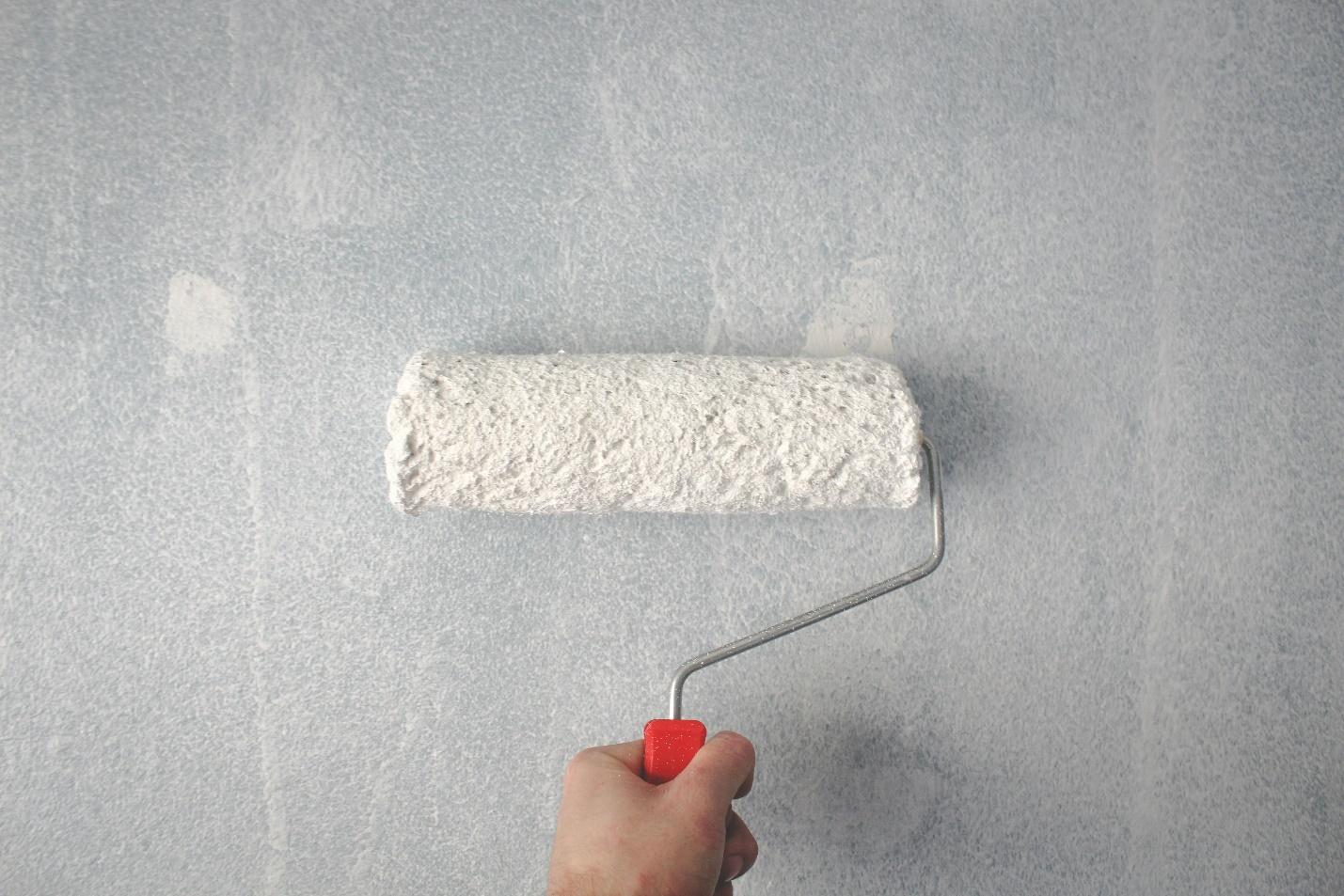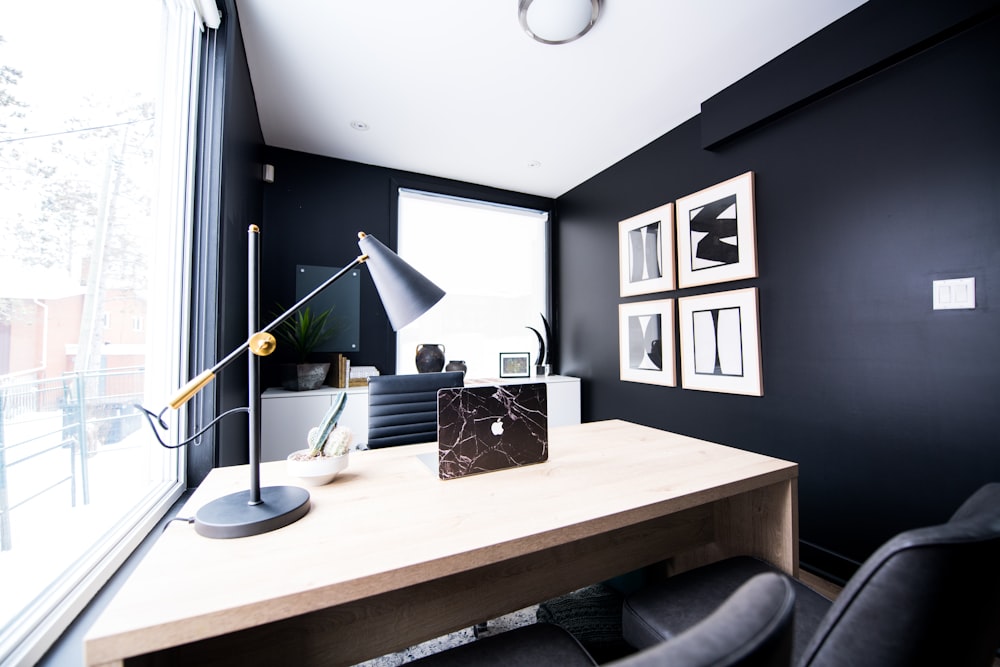When it comes to interior design, color is a mighty force. It can transform a mundane space into a captivating haven or turn a chaotic room into an oasis of tranquility. The psychology of color goes far beyond mere aesthetics—it delves into how colors affect our moods, emotions, and perceptions. Our residential painters will reveal the intricate world of color psychology in interior design and explore interior design hacks to help you choose colors that truly reflect your style.
The Power of Color Psychology
Before delving into the nitty-gritty of color selection, it’s essential to understand the psychology behind it. Colors have the power to evoke a wide range of emotions and sensations. Here are some key color associations:
1. Passionate Reds
Red is the color of love, passion, and energy. It’s a bold choice that can add warmth and drama to a room. In interior design, red can be used as an accent color to create a focal point or in spaces where you want to promote lively conversations, like the dining room.
2. Serene Blues
Blue is associated with calm, tranquility, and serenity. It’s an excellent choice for bedrooms, bathrooms, or any space you want to create a soothing atmosphere. Light blues can make a room feel spacious, while deep blues can add a sense of coziness.
3. Energetic Yellows
Yellow is the color of sunshine and happiness. It’s an energizing color that can brighten up any space. Use it in kitchens, home offices, or areas where you want to promote creativity and positivity. Be cautious with bright yellows, as they can be overwhelming if overused.
4. Grounded Greens
Green represents nature, growth, and harmony. It’s a versatile color that works well in almost any room. Light greens can create a fresh, airy feeling, while dark greens can add a sense of sophistication. Green is an excellent choice for bedrooms, living rooms, or home offices.
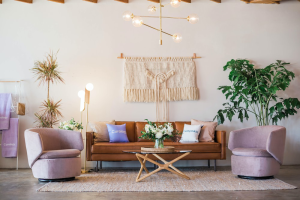
5. Optimistic Oranges
Orange is a vibrant and energetic color that exudes warmth and enthusiasm. It can be a great choice for kitchens and dining rooms, stimulating appetite and conversation. Lighter shades of orange can create a cheerful atmosphere, while deeper oranges can add coziness.
6. Timeless Neutrals
Neutral colors like white, beige, gray, and taupe provide a clean and timeless backdrop. They’re perfect for creating a minimalist, elegant, or classic look. Neutrals work well in almost any room and can be paired with bolder accent colors for added interest.
Choosing Colors That Reflect Your Style
Now that you have a grasp of color psychology let’s explore how to choose colors that align with your personal style:
1. Reflect on Your Personality
Start by reflecting on your personality traits and preferences. Are you outgoing and energetic, or calm and introverted? Do you prefer bold statements or subtle elegance? Your personality can guide you towards colors that resonate with who you are.
2. Consider the Room’s Purpose
Think about the room’s purpose and how you want it to feel. For a cozy bedroom, calming blues and soft neutrals might be the way. In a lively kitchen, vibrant yellows or reds can add energy. Tailor the color palette to match the room’s intended atmosphere.
3. Explore Color Schemes
Color schemes are a designer’s secret weapon. They provide a structured approach to selecting colors. Some popular color schemes include:
- Monochromatic: Using shades and tints of a single color for a harmonious look.
- Analogous: Combining colors that are adjacent to each other on the color wheel for a cohesive feel.
- Complementary: Pairing colors that are opposite each other on the color wheel for contrast and vibrancy.
- Triadic: Using three colors evenly spaced on the color wheel for a balanced and dynamic look.
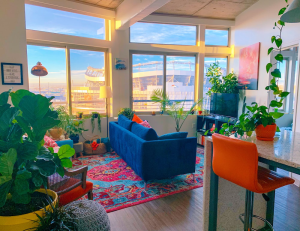
4. Test with Samples
Never underestimate the power of paint samples. Paint a small section of your wall with the colors you’re considering and observe how they look in different lighting conditions throughout the day. This will help you avoid surprises and ensure your chosen colors work well in your space.
5. Consider the Psychology of Color
Think about the emotions and moods you want to evoke in each room. For example:
- You might want to foster focus and productivity in a home office, making shades of green or blue suitable choices.
- A living room should encourage relaxation and socialization, making warm neutrals, blues, or earthy tones appropriate.
- For a child’s room, consider playful and energetic colors like bright yellows or soft pastels.
6. Balance Bold and Neutral
If you’re drawn to bold, vibrant colors but are worried about overwhelming a space, consider a balanced approach. Use bold colors as accents through furniture, decor, or an accent wall, while keeping the majority of the room in neutral tones.
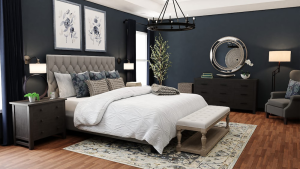
Your Colorful Canvas
Choosing the right colors for your space is a deeply personal and creative journey. By understanding color psychology, considering your personality and the room’s purpose, and experimenting with color schemes, you can create an interior that not only reflects your style but also enhances your well-being.
Ready to infuse your home with colors that truly resonate with your style? Los Angeles’ top painters at Silver Star Painting have got you covered. We also provide interior house painting services, commercial painting services, and more.
Contact Silver Star Painting today for a free consultation!
